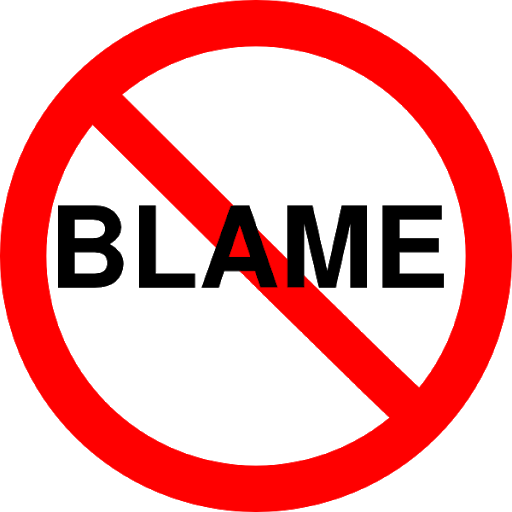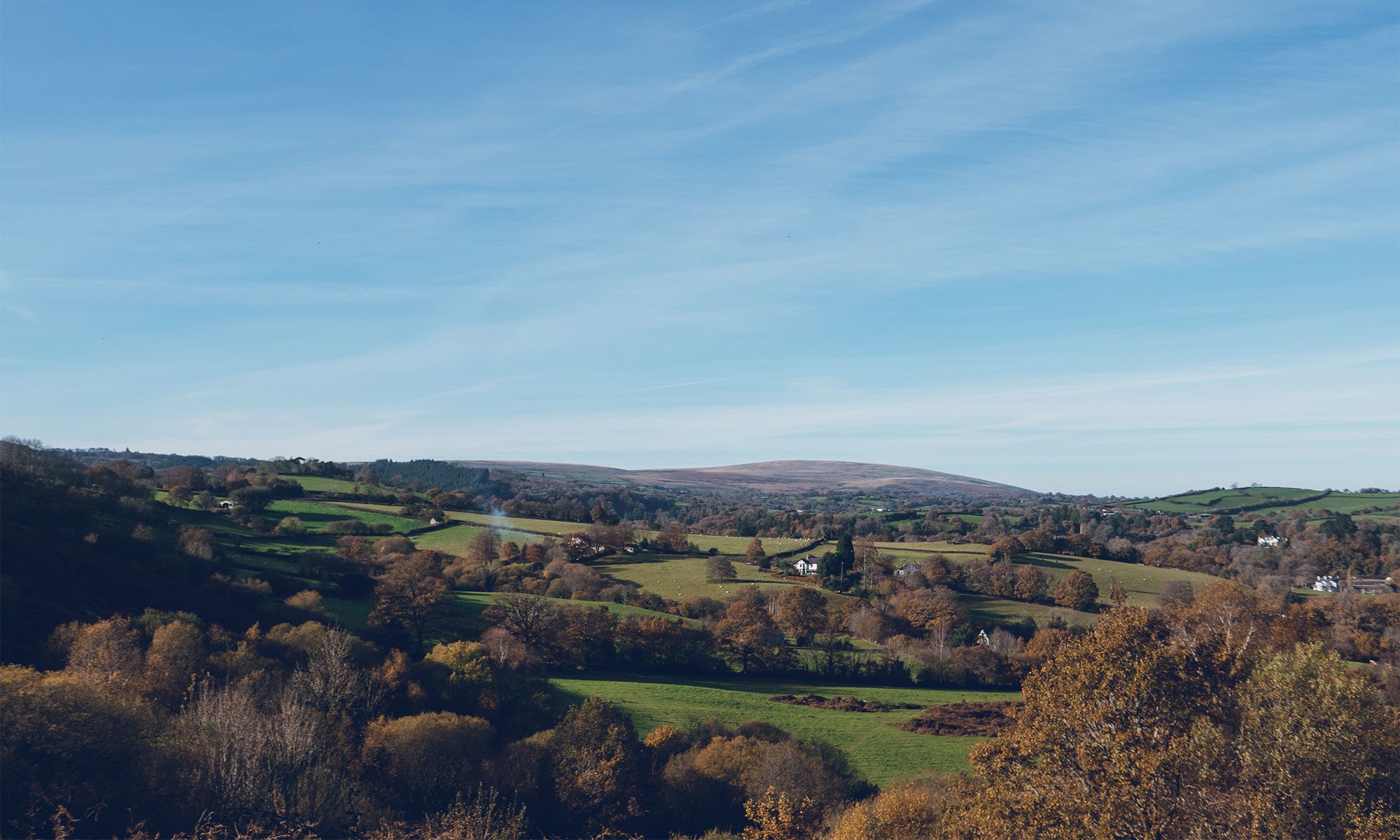I can’t believe we are heading towards the Autumn equinox and the marking of the transition between seasons. There’s definitely that back to school/ work feeling in the air. This week I’ll be driving my son back to Brighton for the start of his final year at the University of Sussex.
This year it’s a transition that I have mixed feelings about, with news of a virus storm brewing on university campuses and knowing he will be returning to face more uncertainty, disruption and social distancing. Young adults generally are more likely to suffer the long-term consequences of economic downturn, more likely to have lost their jobs or been furloughed, more likely to live in cramped shared housing; more likely to suffer Covid related mental health issues. There’s been a lot of talk about impacts of the pandemic on children, the elderly and businesses but impacts on young people and how to support them seems to be largely ignored and this troubles me.

Given my concerns, a couple of days ago when I heard Matt Hancock laying the blame on young people for the Covid spike, I felt angry. I wanted to blame him.
My rant began something like this: “How dare you shift the blame. It’s your fault they took advantage of ‘eat out to help out’ and heeded the prime minister, who said it was a ‘patriotic duty’ to go to the pub. Your mixed messages made this mess, and so Mr Hancock, YOU are to blame for your governments chaotic, incompetent response to Covid19.”
My reaction got me thinking. In this tirade, the fact that quite a few young adults have been casual about social distancing, and the question of how best to do something about the risks is simply not part of my picture. I’m off, on my high horse, lashing out at full speed, sucked into the ‘Blame Game’. What just happened?
Blame it turns out, is contagious, it spreads like a virus. A 2010 study from USC into ‘blame contagion’ showed that pointing fingers at others is not only infectious, it is amplified when trust is low and seems to be eliminated when people feel valued and appreciated. In other words, being blamed for things that are not our fault and not receiving acknowledgement and the credit that we deserve are entangled.
How the credit/ blame game is played is a key ingredient of organisational cultures, for better or for worse. I often meet clients who work in organisations with rampant cultures of blame. These are places where dishing out blame, unfair attacks or credit grabbing hijack energy and distract from tackling problems. Teams and organizations with a culture of blame have an uphill struggle when it comes to encouraging learning, creativity, innovation and productive risk-taking. Blame is an excellent defence mechanism, by avoiding looking at our own flaws and failings, blame protects our self-image. However, research shows that people who blame others for their mistakes lose status, learn less, and have poorer performance compared to those who own up to their mistakes. The pattern is so destructive, whether you are a coach or a leader, blame is something to be alert to, because in the end playing the blame game never works.
The blame game is lazy. It’s easier to blame someone else than to recognise and accept responsibility for the part you play in a messy situation. Becoming blame-savvy requires effort, changing behaviour so you don’t repeat mistakes involves work. Creating psychological safety is one of the most important things a coach or leader can do to stop the blame game but this takes awareness, time and commitment. Here are a few potential places to start:
- Avoid collusion. By setting the right example and not joining in with the game, you can help grow awareness and model collaborative problem-solving rather than defensiveness and finger-pointing.
- Own up to your mistakes. When you make a mistake, it is tempting to shore up the illusion of our own self-worth and blame someone else. Instead, say sorry when you are wrong, you are not omnipotent, face up to the reality that you are not always right. When you don’t pass the buck, you gain respect and help to prevent a culture of blame.
- Focus on learning and creating a ‘growth’ mindset. This is where learning from — rather than avoiding mistakes — is the priority. This helps ensure that people feel free to ‘own up’, discuss and learn from their errors.
- Pause. Take a breath. Step back. If you’re facing a “blame-thrower” or “credit-grabber” a good first response is to pause. We all tend to cast blame; it is often a subconscious process; the blame game might not be personal. What is behind the game? What might be triggering your reaction? This is where talking to someone outside of work, a coach or trusted colleague will help you gain perspective and distance make strategic decisions about your response.
- When you do blame, do it constructively. Accountability is important and there are definitely times when people’s mistakes need to be raised in public. In these cases, make sure to emphasise that the goal is to learn from mistakes, not to publicly humiliate those who make them. As a manager, peer or coach, be careful not to use feedback as a sneaky way of dishing out blame.
Author of The Blame Game Ben Dattner summarises it like this: “We all want to be recognised for our effort and accomplishments, and we resist being blamed when things don’t go right. This leads to habitual patterns of credit and blame at work. […] The most successful leaders are able to see their role in the blame game, admit mistakes and focus on fixing rather than blaming.”
Do you recognise the Blame Game?


